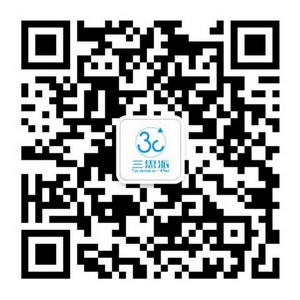No seeking for source, but seeking for use
2018-06-25
In Wu Zhiqiang's view, in the field of urban planning and development, the goal of “global cities” is gradually transitioning to “global urban communities”. For example, the Japanese government has included the urban areas around Tokyo in the “Greater Tokyo” category for unified planning and coordinated development. In China, the Yangtze River Delta is the most populous urban community with the largest output value. According to data collected by Wu Zhiqiang’s team, the Yangtze River Delta is also the most populous and most productive urban community in the world.
Although it is already the world's number one, the data also shows that there is still much room for improvement in the per capita economic and innovation concentration indicators in the Yangtze River Delta. In terms of GDP per square meter, lower than the Pearl River Delta and Beijing-Tianjin-Hebei, and lower than the Greater London area. In terms of per capita GDP, the Yangtze River Delta lags behind the Pearl River Delta and the west coast of the United States, similar to the Beijing-Tianjin-Hebei region and the Great Lakes region of the United States. In terms of the number of patents per capita, the Yangtze River Delta is similar to the Beijing-Tianjin-Hebei and the Pearl River Delta, and has a large gap with the West Coast of the United States, but the gap has been shrinking in recent years. According to these indicators, Wu Zhiqiang believes that the main goal of the development of the Yangtze River Delta city is no longer horizontal expansion, but quality improvement, and it is necessary to put the innovation concentration and intellectual density to strengthen industrial development at the forefront.
Luo Dajin, director of the Shanghai Institute for Science of Science, said that in the process of higher quality integration in the Yangtze River Delta, it is necessary to promote other various innovation elements in this region through institutional integration and resource sharing flow besides strengthening industrial synergy. "We must establish the concept of not asking for everything, but seeking for it; not seeking for source, but seeking for use." We must vigorously promote synergy and innovation in the Yangtze River Delta region, improve the display of innovation, and create a "potential energy" for the regional innovation system; Dynamic mechanism to enhance the “kinetic energy” of the regional innovation system; to enhance the innovation network link degree and improve the “efficiency” of the regional innovation system.
Luo Dajin said that the promotion of the integration of the Yangtze River Delta is mainly to break the thresholds and barriers between the various elements and to achieve convenience. The future competition is not only the competition of institutions, talents and projects, but also the competition of the system. The policy is not to create success directly, but more importantly to increase the likelihood of success. The construction of innovative culture needs to focus on building a better public carrier and communication space for innovation and entrepreneurship and providing opportunities for collision of various elements. To achieve higher quality development in the Yangtze River Delta, it is necessary to put the cross-regional governance system construction and governance capacity modernization in a more prominent position.




 E-mail Alerts
E-mail Alerts
 沪公网安备 31010402001155号
沪公网安备 31010402001155号